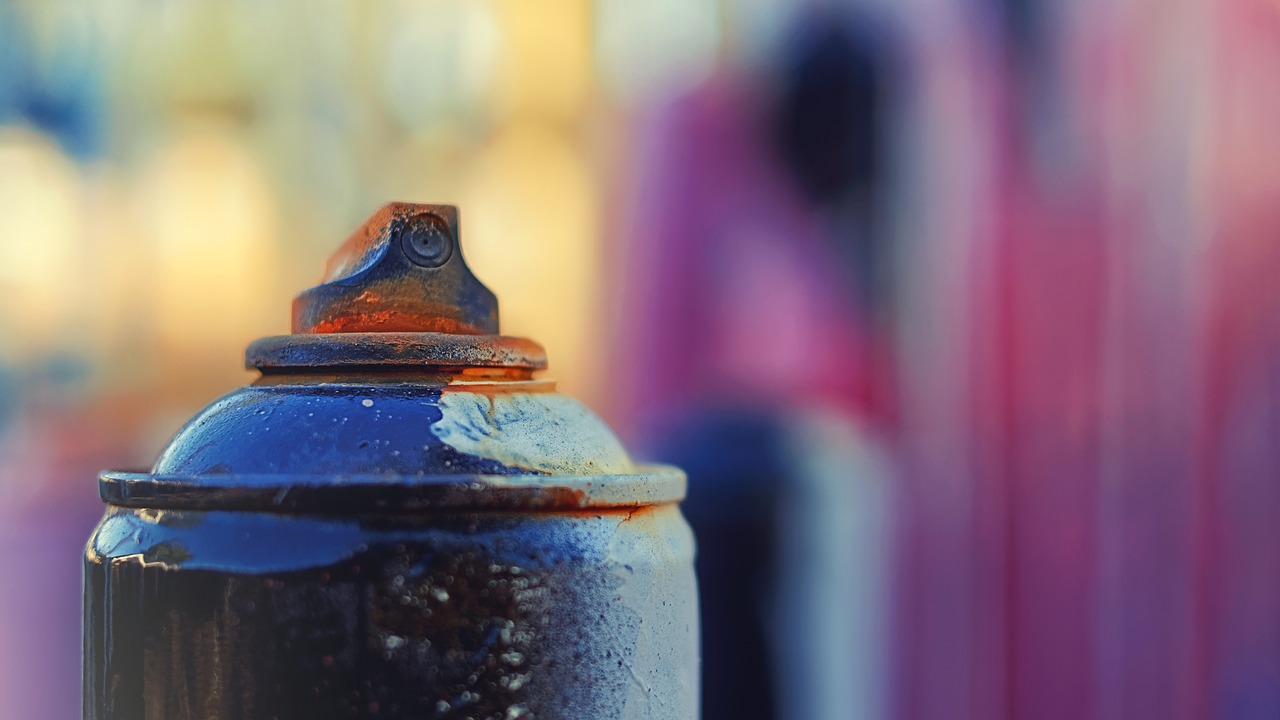Universal Waste Rule: Know All the Changes on Aerosol Cans and Paint in NYS
On July 8, 2023, new rules affecting the handling and disposal of universal waste aerosol spray cans and waste paint changed in New York. The new rules are based on EPA 40 CFR part 273. Other states like California, Colorado, Minnesota, New Mexico, Ohio, and Utah have also incorporated the EPA standards in their universal waste regulations.
The Universal Waste Rule (UWR), 6 NYCRR 374-3, details how certain common hazardous waste types must be handled. The UWR includes streamlined management standards similar to EPA 40 CFR part 273 for small quantity handlers (SQH) and large quantity handlers (LQH) of universal waste and a one-year accumulation time limit for paint and aerosol cans.
The amended requirements impact waste management standards, labeling and marking, incompatible contents, steps for special handling, accumulation time limits, employee training standards, responses to releases, recordkeeping, conditions related to off-site shipments, and export requirements. In addition, universal waste handlers may now use emptied aerosol cans for scrap metal recycling if they were properly drained.
SQH and LQH may choose to manage eligible wastes under the UWR or the ordinary hazardous waste regulations. This rule will not change existing requirements applicable to universal waste transporters and destination facilities.
The goal of the New York State Department of Environmental Conservation (NYSDEC) is to encourage the recycling and reduction of waste related to paint and aerosol cans in landfills. Under this rule, New York’s new paint take-back program will be implemented.
What does common universal waste include?
Aerosol cans: are typically defined by NYSDEC as containers that are full of a compressed or liquefied gas that is used to help propel a substance, most commonly a liquid, paste, or powder. They are “fitted with a self-closing release device allowing the contents to be ejected by the gas.” Aerosol cans included in the new rule may contain spray paint, insect repellent, or even hairspray, for example.
Aerosol cans–using the state’s definition–do not include devices that use gas cylinders to propel the material contained in the receptacle. Vessels that use gas cylinders to propel material are still regulated under normal hazardous waste rules.
Paints: refers to coatings used in interior and exterior architectural applications such as those used in homes. This includes but is not limited to “primers, sealers, resin, certain epoxy-based flooring paint, lacquers, latex, water-based paint, oil-based paint, and bridge paint.”
The state’s definition of paint does not include paint used for industrial applications (like automobile or industrial paints) or substances like paint thinners, tools or materials that have paint debris on them like those used to apply paint such as brushes or rollers, or personal protective equipment (PPE) used for painting.
Save the headaches and let Walden’s experts determine the best alternative to dispose of your universal waste. Give us a call at 516-758-1273 to learn more, and read about our regulatory program compliance services here.

Image by jlxp from Pixabay
Read about Walden’s regulatory program compliance services here. Contact us at 516-758-1273 to speak with a knowledgeable environmental consultant today.
